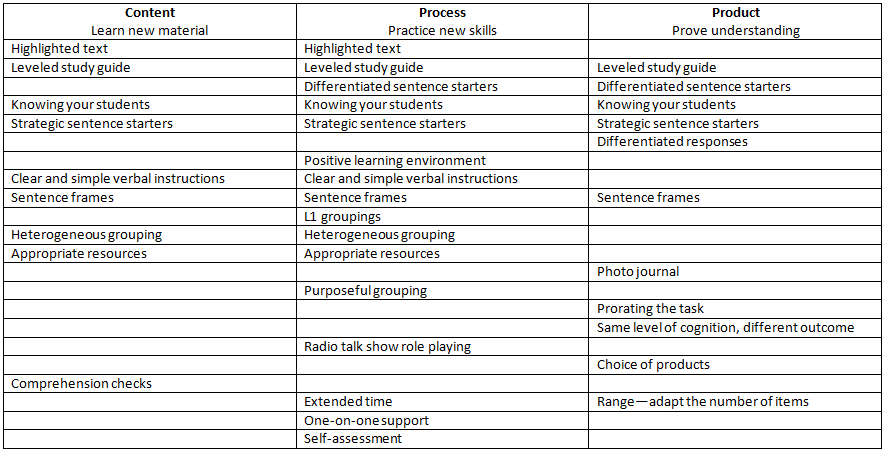When he visited our class, Daron Kennett talked about the accommodations in the SAGE testing. He said that all students received all the accommodations, which should limit the stigmatization involved when students are singled out for special accommodations. He mentioned that all students could have the questions read aloud to them (except in the reading portion of the SAGE) with the screen reader, that students could change the background and text colors, that students have words defined in context in the questions, and that students have extra time.
The text color isn't an accommodation that is responsive to ELLs, but having the questions read aloud in English can help students who are good at listening but not reading, the words defined in context is very helpful for students who are mid to high levels, and the extra time is useful to everyone.
I just finished SAGE training at Granger, and the accommodations are indeed, having the question read to you in a weird computer generated voice, definitions of words in context, and extra time. These are great accommodations for students who are middle or high level WIDA (check my other post on accommodations) but not useful at all for low levels.
Some highlights of the actual accommodations policy:
Students not tested due to parent request shall receive a non-proficient score, which shall be used in school accountability calculations.
There is no accommodation that allows for a paper-based submission of a student’s response.
The actual ESEA act says:
The following are some other ESEA provisions for ELs:
• All EL students’ English language proficiency must be tested at least once a year.
• All ELs have to take state academic achievement tests in language arts and math, except that EL students who have been in the U.S. for less than one year do not have to take the language arts test for that first year.
• EL students should be assessed in a valid and reliable manner and provided reasonable accommodations (Title I, 115 STAT. 1451).
• EL students as a group must meet specific annual targets of Annual Measureable Objectives (AMOs); schools, LEAs, and states will be held accountable for ensuring that they meet these targets.
• Language instruction curricula used to teach EL children are to be tied to scientifically based research and demonstrated to be effective.
• Local entities have the flexibility to choose the method of instruction to teach ELs.
• States must establish standards and objectives for raising the level of English proficiency that are derived from the four recognized domains of speaking, listening, reading and writing, and that are aligned with achievement of the challenging State academic content and student academic achievement standards (Title III, 115 Stat. 1694).





